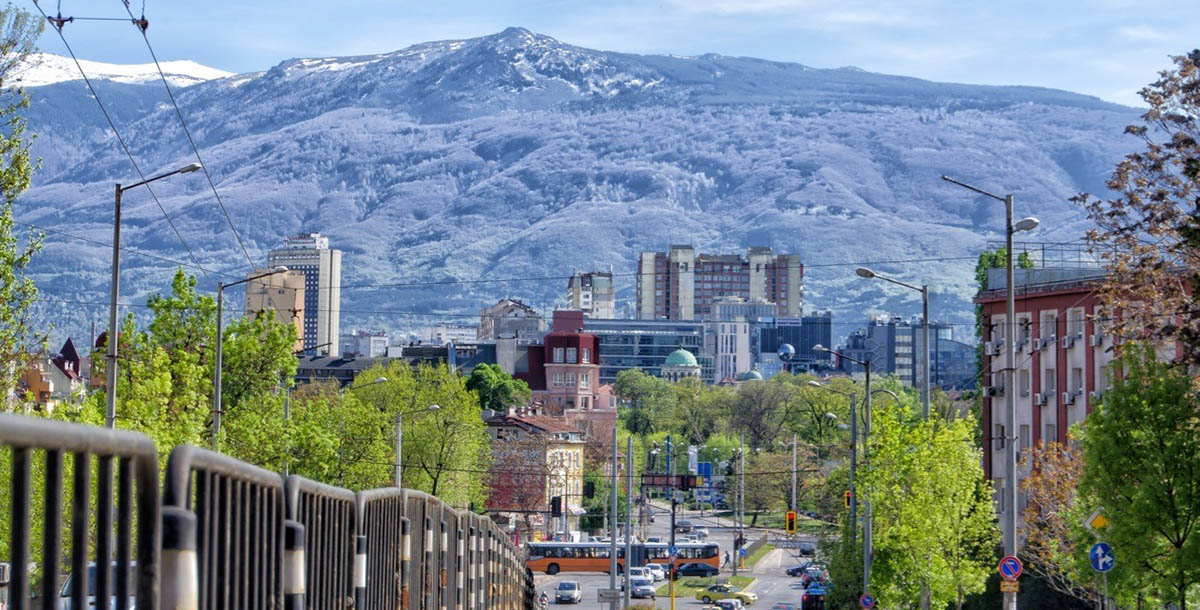
Bulgaria is a small country in the Balkans, mountainous and full of treasures for the traveler. The territory has been inhabited for thousands of years so there is a bit of everything, which gives a unique and unforgettable imprint.
Today, what to see in bulgaria
Bulgaria

Its most famous mountains are the Balkans proper, the Stara Planina, the Rhodope Mountains and the Rila. coast on the Black Sea and the plains of Thrace and the Danube are its most fertile lowlands.
Its capital is Sofia and the history of the nation can be traced back to the XNUMXth century, being the cultural heart of the Slavic people in the Middle Ages. For five centuries it was under the control of the Ottoman Empire, then a principality was born at the end of the 1908th century, and it became a sovereign nation in XNUMX.
After the Second World War it remained within the orbit of the soviet socialist republics until the fall of the Bloc at the end of the '90s.
What to see in Bulgaria

We can start with your beautiful old capital, the city of Sofia. It is in the west of the country, surrounded by mountains. It is one of the oldest capitals in Europe since its history dates back to the XNUMXth century BC, when the Thracians arrived.
The city is the center of the country and is very important at a religious level since it is seat of the Bulgarian Orthodox Church, in addition to museums and universities. Keep in mind that winters are cold and snowy, so beware of going in January, its coldest month. Summer is the best time.
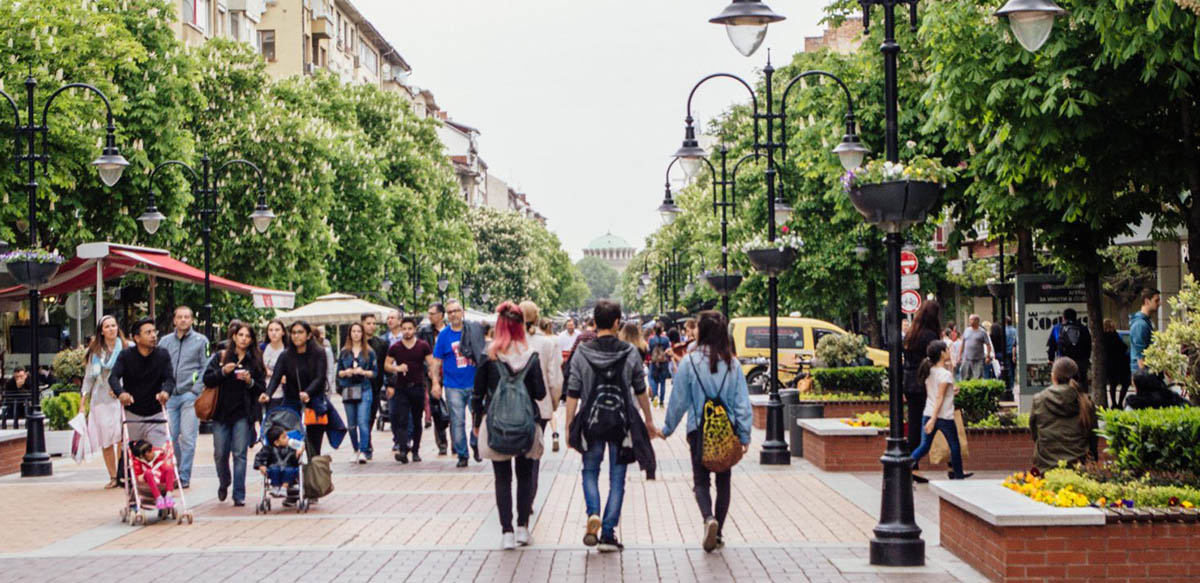
Here in Sofia you can visit the Opera dating from 1891, the National Art Gallery, the National Historical Museum, the Archaeological Museum and of course, the Alexander Nevski Cathedral with its beautiful crypt. The boyana church, For its part, it is a World Heritage Site.
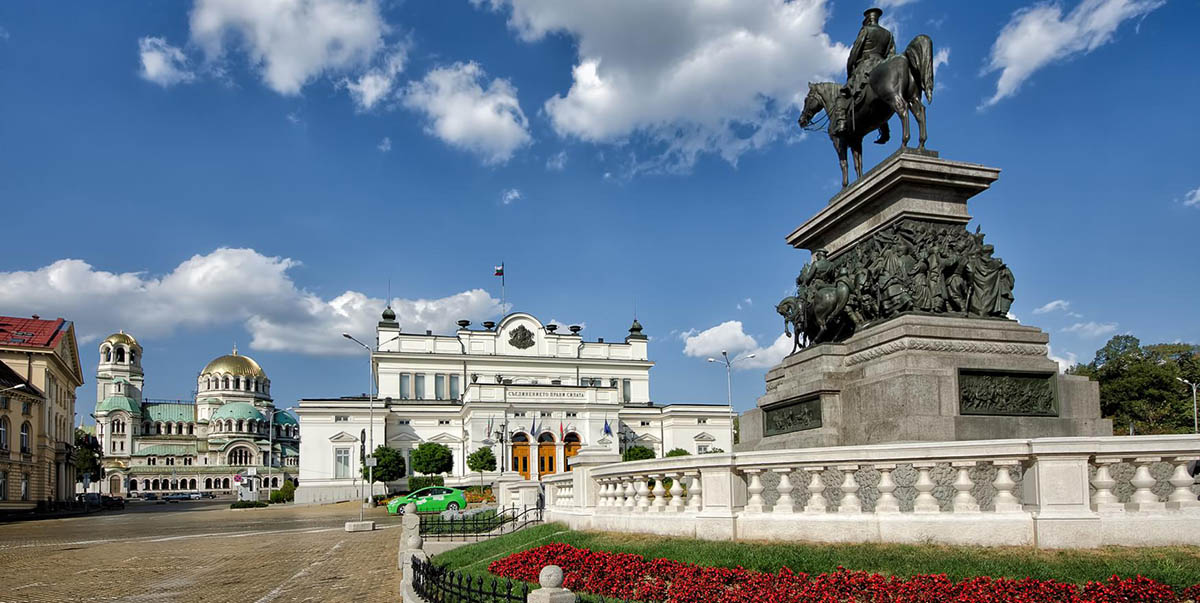
Of course, strolling through its streets is a must to be able to admire the eclectic architecture that decorates it Some socialist monsters worth appreciating have been left between baroque and rococo jewels. There are also well-maintained parks within the city and on the outskirts. For example, keep going up to the Mount Nitosh, 2000 meters above sea level, from which you have a great view of Sofia.

Plovdiv is the oldest permanently occupied city in Europe. Therefore, it has many historical sites, including a ancient roman amphitheater that even today offers shows. Churches also abound, all built on and around seven rolling hills, in the heart of the Balkans and the Rhodopes.
And if you like wine and you like to try the local varieties whenever you travel, well, this city has emerged very recently in the wine scene, so let's drink it has been said! Another visit that you cannot miss is the Rila monastery.
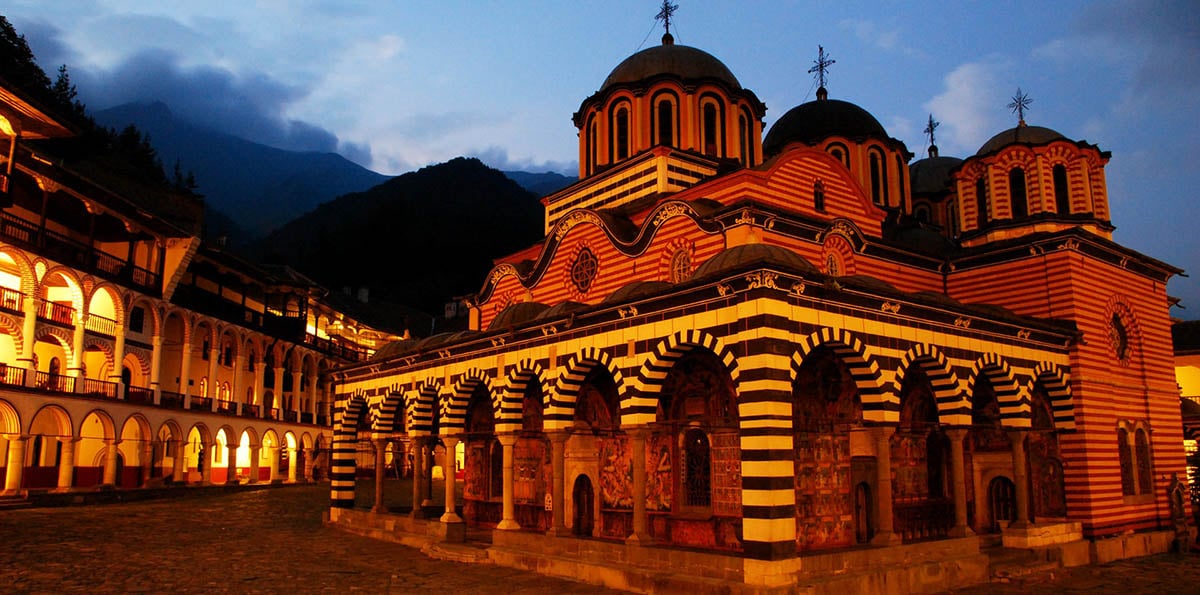
This religious building is in the Rila Mountains And it's beautiful and old. It was founded in the XNUMXth century by Saint John of Rila, a hermit. Since then thousands of travelers and pilgrims have visited it and continue to visit it.
Revolutionary leaders Vassil Levski and Peyo Yavorov are said to have taken refuge here and the monastery had an important role in the preservation of Bulgarian literary culture keeping more or less 250 manuscripts from the XNUMXth century to the XNUMXth century. The building is black and white, with many arches, wooden stairs and huge iron doors. The tiles add color and their murals are simply beautiful.

The city of Nessebar is on the Black Sea coast, in the Burgas province. has a very valuable historical-artistic heritage, especially in its historic center. Three empires have passed through here, the Byzantine Empire, the Bulgarian and the Ottoman, although its origin dates back to the time when it was a greek colony called Mesembria and even earlier, to a Thracian settlement.
The city rests on a peninsula, originally an island that was artificially annexed with a 400-meter isthmus, and if anything it has in abundance it is iglesiayes Since 1983 the city is World Heritage according to UNESCO. Don't leave without visiting the Basilica of the Holy Mother of God Eleusa, the Church of San Juan Bautista, that of Christ Pantocrator or that of the Holy Archangels Michael and Gabriel, built between the XNUMXth and XNUMXth centuries.
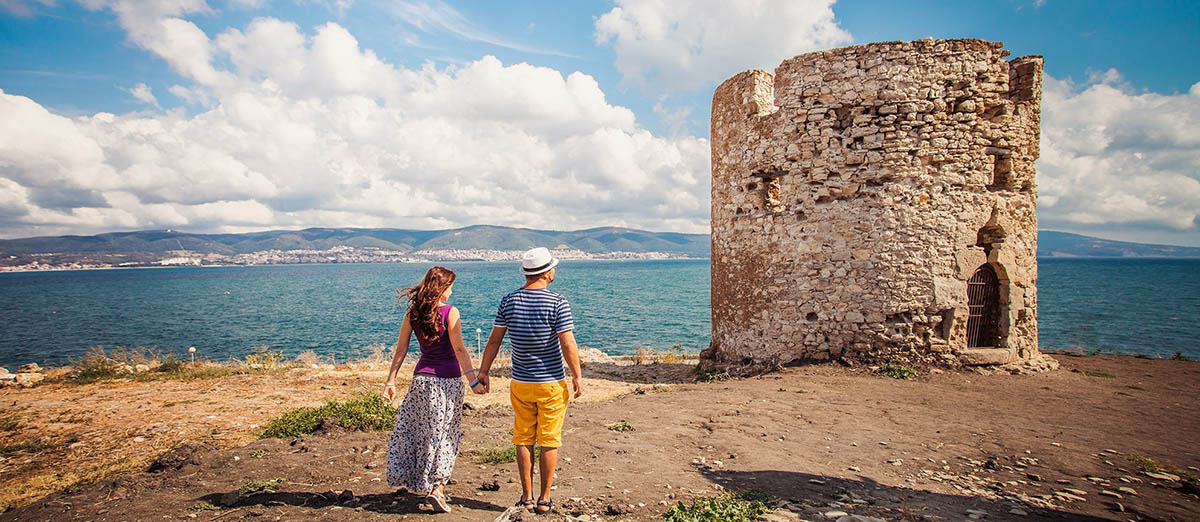
And if you don't like churches so much you can always go to their Beaches. They are beautiful and usually this part of Bulgaria is called the pearl of the black sea. A good and very popular beach is Sunny Beach.
For its part, Varna is a very refined coastal city with a lot of history. To meet her you can take a tour of the Archaeological Museum and with a gold display really phenomenal. Most of it was found in the Varna necropolis, and is made up of weapons, jewelry and coins from the year 4600 BC The Roman Baths are also an option if history and archeology is involved.

On the other hand, the Cathedral of the Assumption of the Virgin and the Opera House are also open to visits. And of course, the coast, the beaches and its bars and restaurants. It's known as the marine capital of Bulgaria.
What can we say about Bansko? If you like skiing and you are not afraid of the Bulgarian winter then this is your destination. It is in the south of the country at the foot of the Pirin Mountains with its peaks almost 3 thousand meters high, just 160 kilometers from the capital Sofia.

El ski resort Bansko is well known and has one of the longest ski seasons in the country. You will be competing with resorts in Switzerland or France and have cheaper prices. Obviously, beyond sports there is everything to do before and after the activity.
Veliko Tarnovo, in the center of the country, is a small city that houses a treasure: the Tsarevets Fortress, once home to the Tsars. The fortress is a thousand meters high and is made of stone and from there you have 360º views of the city and the surrounding hills.
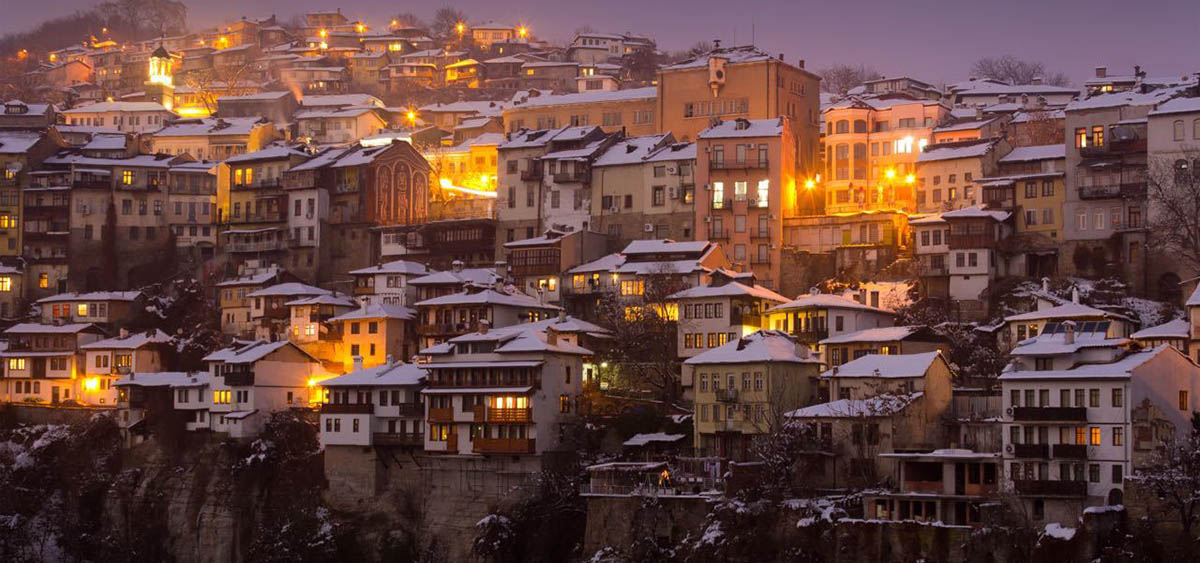
In turn, the historical case of Valiko Tarnovo it is a gem with cobblestone streets, traditional houses and old churches. There is also the Monastery of the Holy Transfiguration of God, a beautiful old building, a survivor of the 300 monasteries that the city once had.

Sozopol is a coastal city and the oldest city in the country. It dates from the year 610 BC and was founded by the Greeks whose trace is still visible. Later other towns and other empires would pass by, so there have also been traces of all of them in fortresses, churches and walls. But Sozopol too it's a spa and the sea dominates its coast with stupendous beaches. There are usually cultural events and there are many options when it comes to going out at night or eating out.

Koprivshtitsa It is a historical city on the banks of the Topolnitsa River, between mountains. Its architecture is very Bulgarian and as it hosts many musical events it is usually very visited. It was one of the centers of the famous April 1876 Uprising against the Ottoman Empire, and it is only 1 kilometers from Sofia.
has altogether 383 architectural monuments and all look, restoration through, as they were originally. Every five years the city hosts the Bulgarian National Folklore Festival so artists, artisans and musicians from all over the country come together.
Don't miss out on knowing the Oslekov House, the original home of a wealthy merchant from 1856, and the Topalova House, from 1854. Both have period furniture and are a window into what life was like then in this picturesque city.

Finally another coastal city which in turn is surrounded by several lakes: Burgas. Tourism to Burgas arrived well into the XNUMXth century, although the shipping industry did before, since the bay where it rests is great for the industry. Today the beaches are well maintained and decorated with Restaurants and bars that make the ride more enjoyable.
And of course, you can always explore the surroundings.